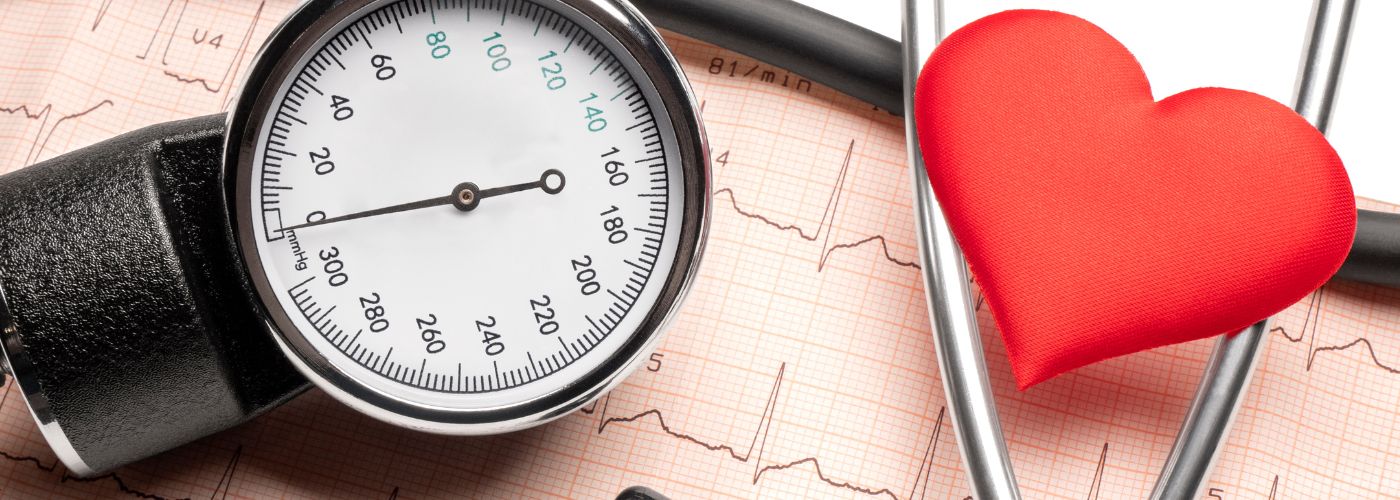Understanding and managing blood pressure is a crucial aspect of maintaining overall health, especially for adult males. In this guide, we’ll delve into the fundamentals of male blood pressure, covering what’s considered normal, the factors influencing blood pressure fluctuations, and how to address high blood pressure.
What Is A Normal Blood Pressure For An Adult Male?

Before delving into the nuances of blood pressure, it’s essential to know what’s considered normal. Blood pressure is measured in millimeters of mercury (mmHg) and is expressed with two numbers: systolic pressure over diastolic pressure. The normal range for blood pressure in adults is generally defined as around 120/80 mmHg.
Systolic Pressure: This is the higher of the two numbers and represents the pressure in the arteries when the heart beats.
Diastolic Pressure: The lower number signifies the pressure in the arteries when the heart is at rest between beats.
A healthy blood pressure reading falls within the range of 90/60 mmHg to 120/80 mmHg. However, it’s important to note that individual variations can occur, and what’s considered normal for one person may differ slightly for another! Building a wellness plan with a qualified health specialist may help you identify and reach your unique health goals through a weight loss regimen or other individualized treatments!
When Does Blood Pressure Increase and Decrease?

Blood pressure is not static; it fluctuates throughout the day in response to various factors. Understanding these fluctuations can provide insights into managing blood pressure effectively.
Time of Day: Blood pressure tends to be lower during sleep and gradually increases upon waking. It often peaks in the late morning or early afternoon.
Physical Activity: Engaging in physical activities, such as exercise or strenuous work, can temporarily raise blood pressure. However, regular physical activity contributes to overall cardiovascular health and can help manage blood pressure in the long term.
Stress Levels: Mental and emotional stress can lead to a temporary increase in blood pressure. Adopting stress management techniques, such as meditation or deep breathing exercises, can be beneficial.
Dietary Choices: Consuming high-sodium foods can contribute to elevated blood pressure. Maintaining a balanced diet rich in fruits, vegetables, and whole grains promotes heart health. A wellness specialist may also recommend supplements like Peptide AOD 9604 to support your health journey.
How To Address High Blood Pressure
High blood pressure, or hypertension, is a condition where the force of blood against the artery walls is consistently too high. If left unmanaged, it can lead to serious health issues, including heart disease and stroke. Here are practical steps to address high blood pressure:
Healthy Diet: Adopt a diet that emphasizes fruits, vegetables, lean proteins, and whole grains. Reduce sodium intake.
Regular Exercise: Engage in at least 150 minutes of moderate-intensity exercise per week, incorporating activities like brisk walking or cycling.
Weight Management: Maintain a healthy weight through a combination of a balanced diet and regular physical activity. You may also want to consider discussing weight loss medication options, such as Mots-C, with your physician.
Medication: In some cases, lifestyle changes may not be sufficient, and medication may be prescribed by a healthcare professional to manage blood pressure effectively.
Regular Monitoring: Keep track of blood pressure at home using a reliable blood pressure monitor. Regular monitoring provides valuable information for both individuals and healthcare providers.
Is High Blood Pressure Permanent?
The good news is that high blood pressure is often manageable with lifestyle changes and, if necessary, medication. However, it requires consistent effort and adherence to a heart-healthy lifestyle. With the right approach, blood pressure can be effectively controlled, allowing individuals to lead a healthy and active life.
It’s important for adult males to prioritize regular check-ups with healthcare providers, discuss any concerns about blood pressure, and actively participate in managing their cardiovascular health. By staying informed and proactive, individuals can take charge of their well-being and reduce the risk of complications associated with high blood pressure.
Understanding male blood pressure involves knowing what’s normal, recognizing the factors influencing fluctuations, and taking proactive steps to address high blood pressure. With a holistic approach to health and consistent efforts, men can maintain optimal blood pressure levels and reduce the risk of cardiovascular issues in the long run!
